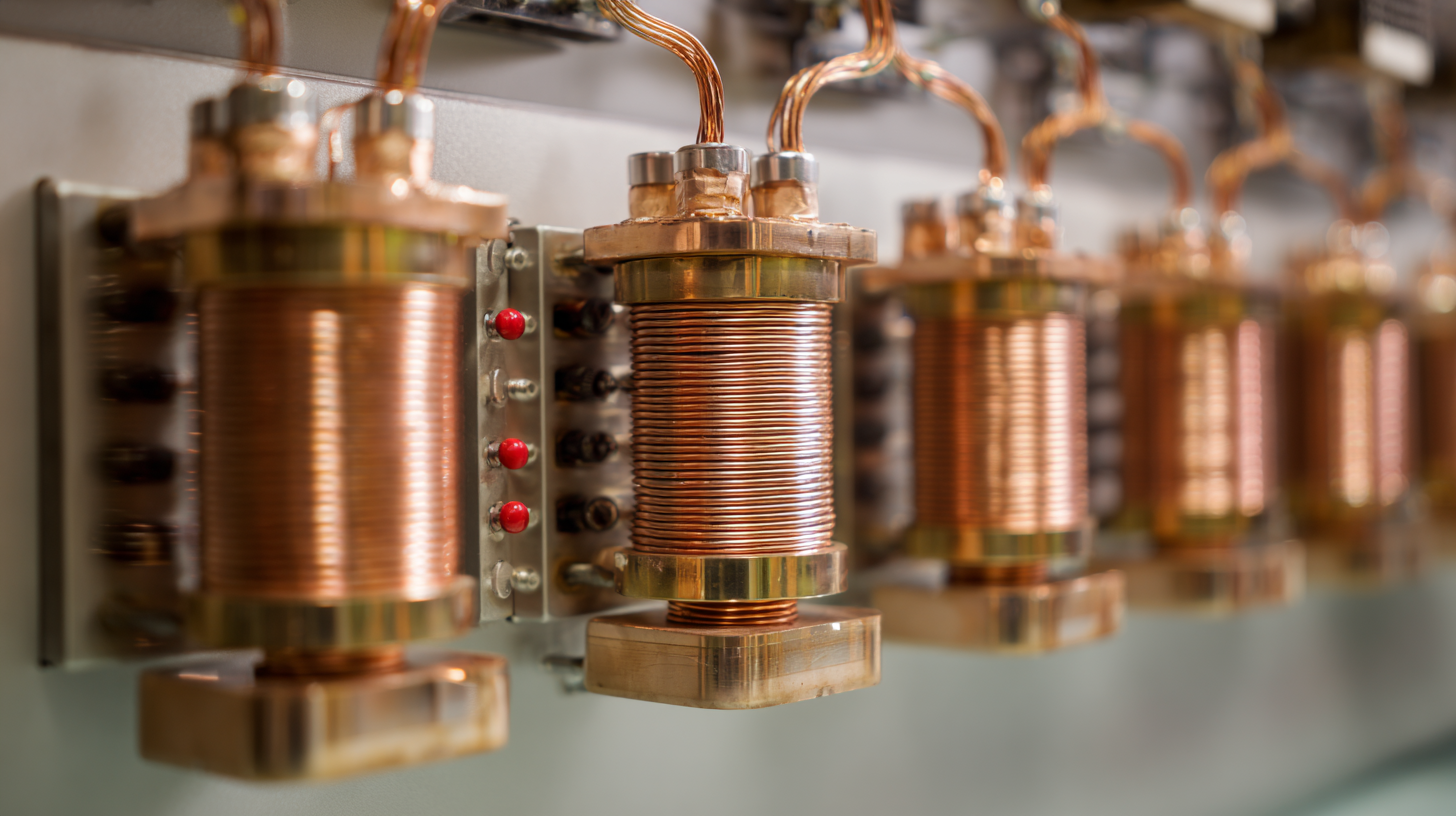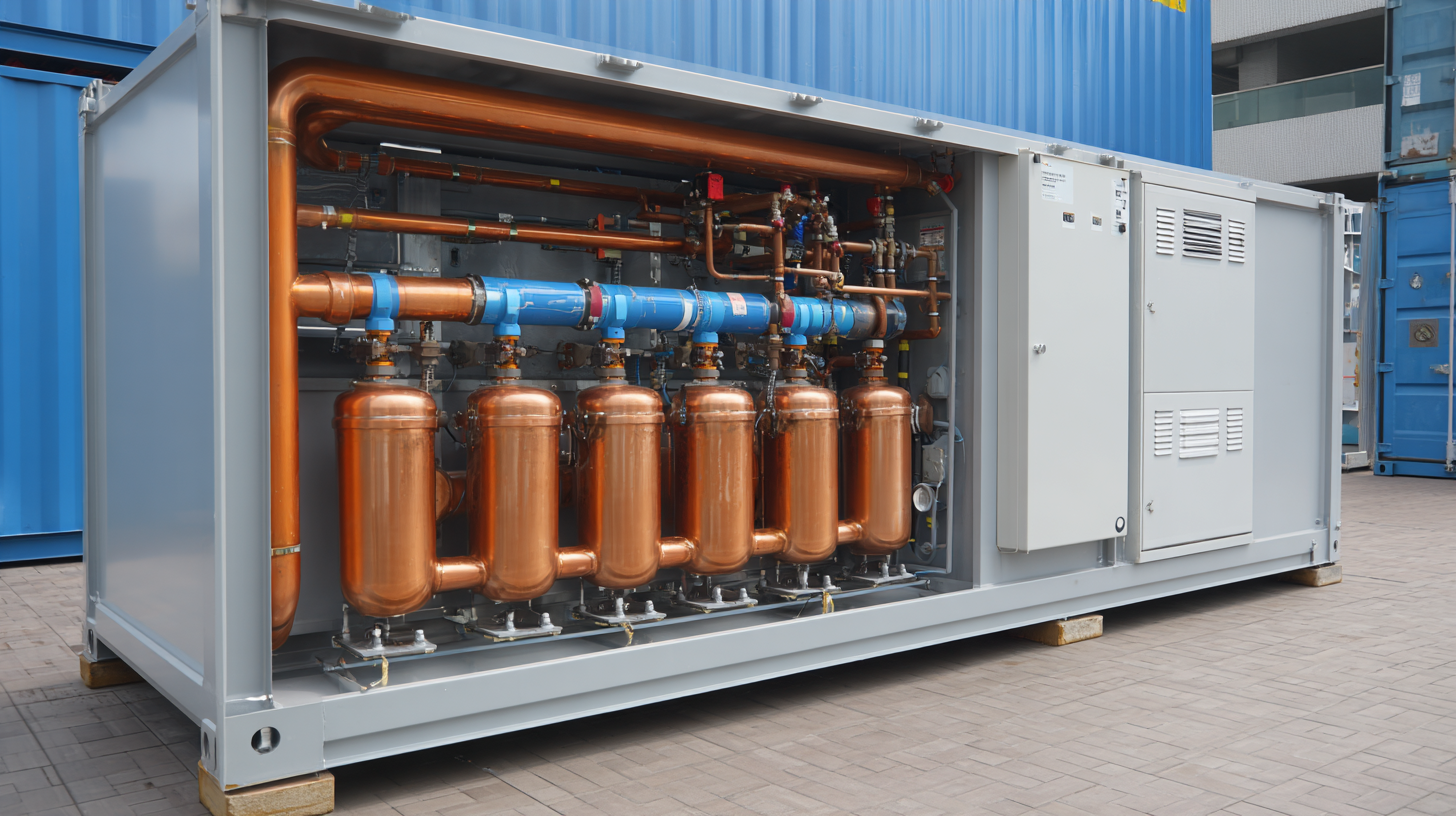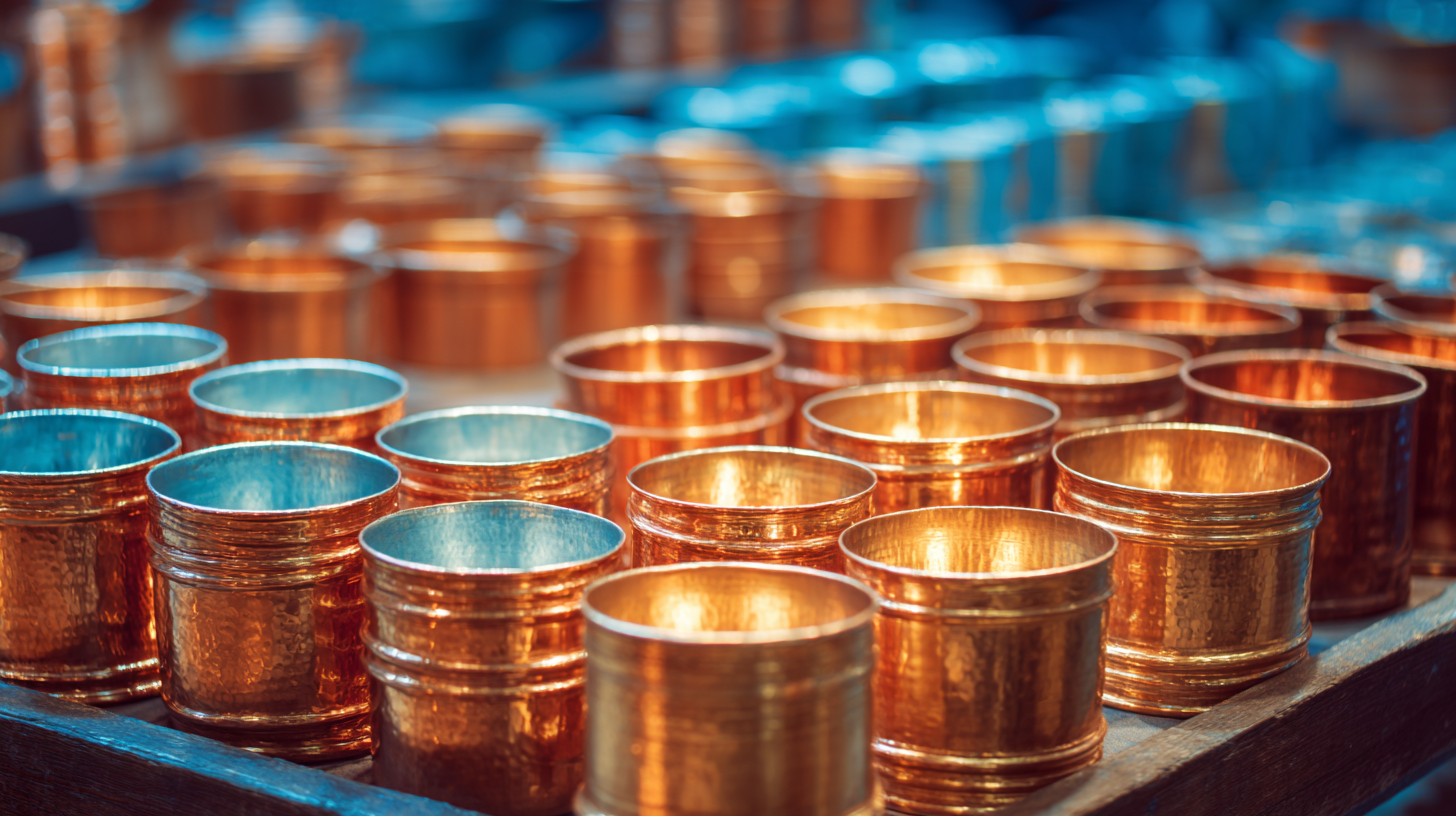
In the rapidly evolving landscape of renewable energy systems, the significance of energy storage solutions has become paramount, with Copper Accumulators emerging as a critical component in optimizing efficiency and sustainability. According to a report by the International Energy Agency (IEA), global energy storage capacity is expected to triple by 2040, driven by advancements in battery technologies and a growing demand for renewable energy sources. Copper Accumulators, known for their excellent conductivity and durability, play a vital role in enhancing the performance of energy storage systems and improving the overall reliability of renewable energy grids.

Research published by the World Copper Factbook indicates that the demand for copper owing to its applications in clean energy technologies is projected to reach 28 million metric tons by 2025. This trend underscores the essential role of Copper Accumulators in facilitating the transition toward a more sustainable energy future, making it crucial to understand their functionalities and advantages in renewable systems.
Copper accumulators play a crucial role in enhancing energy storage efficiency within renewable energy systems. Due to their excellent electrical and thermal conductivity, copper accumulators effectively store and transmit energy generated from renewable sources such as solar panels and wind turbines. Their superior conductivity minimizes energy losses during the charging and discharging processes, which is vital for maintaining the overall efficiency of renewable energy systems. As renewable energy sources fluctuate and are often intermittent, having an efficient energy storage solution helps in bridging the gap between energy production and consumption.
Additionally, copper's durability and resistance to corrosion make it an ideal material for long-term energy storage applications. Unlike other materials that may degrade over time, copper accumulators maintain their performance and reliability, ensuring a consistent supply of energy when needed. This robustness not only extends the lifespan of the energy storage system but also lowers maintenance costs over time. By integrating copper accumulators into renewable energy infrastructures, we can achieve a more sustainable and resilient energy grid that supports the growing demand for clean energy solutions.
When selecting the right copper accumulator for your renewable energy setup, it is essential to consider several factors that can impact efficiency and performance. First, evaluate the capacity requirements based on your energy needs and the scale of your operation. Larger systems may require accumulators with higher capacity to store surplus energy generated during peak production times, allowing for a more consistent energy supply.
Next, assess the design and construction of the copper accumulator. The quality of materials and the technology used in its design can significantly affect both longevity and efficiency. Look for accumulators that offer durability and corrosion resistance, as these features ensure better performance over time, especially in varying environmental conditions. Additionally, consider integrating smart technologies that can optimize energy management by tracking usage patterns and adjusting the flow of energy accordingly.
Lastly, consult with suppliers or experts to find accumulators that are specifically tailored for the types of renewable energy sources you are utilizing, whether it be solar, wind, or a hybrid system. This tailored approach will not only enhance the efficiency of your renewable energy setup but also contribute to a more sustainable energy future.
| Accumulator Type | Capacity (kWh) | Efficiency (%) | Lifespan (Years) | Cost ($) |
|---|---|---|---|---|
| Flat Plate Copper Accumulator | 10 | 92 | 15 | 500 |
| Copper Coil Accumulator | 20 | 90 | 20 | 800 |
| Helical Copper Accumulator | 15 | 88 | 18 | 650 |
| Vertical Copper Accumulator | 25 | 89 | 25 | 900 |
Copper accumulators play a vital role in enhancing the efficiency and reliability of renewable energy systems, particularly when integrated with solar and wind energy technologies. Recent studies indicate that energy storage solutions, such as copper-based accumulators, can improve the energy yield of solar panels by up to 30%, addressing intermittency challenges that solar energy faces due to its dependence on sunlight. These accumulators facilitate the storage of excess energy generated during sunny days, allowing for its use during peak consumption periods, thus optimizing energy management in grid systems.
Furthermore, the incorporation of copper accumulators in wind energy systems contributes significantly to performance stability. A report by the International Renewable Energy Agency (IRENA) highlights that energy storage technologies could support a 50% increase in the penetration of wind energy into the grid without compromising reliability. By stabilizing energy output from wind turbines, these accumulators mitigate fluctuations caused by variable wind speeds, further enhancing the integration of wind energy into existing power infrastructure. As the demand for renewable energy continues to grow, the synergy between copper accumulators and renewable technologies stands as a key factor in achieving sustainable energy solutions.
This chart illustrates the energy storage contributions of solar energy, wind energy, and copper accumulators in a renewable energy system. It highlights the significant role copper accumulators play in the integration and efficiency of these energy technologies.
Copper accumulators play a vital role in renewable energy systems, particularly in energy storage and management. Maintaining these components effectively can significantly enhance their performance and longevity. Here are some essential maintenance tips to ensure your copper accumulators operate at their best.
Tips for Maintenance:

The use of copper in renewable energy systems, particularly in energy accumulation technologies, raises important considerations regarding its environmental impact. Copper accumulators play a pivotal role in storing energy generated from renewable sources, such as solar and wind. However, the extraction and production of copper can lead to significant ecological disturbances. Mining activities, which often involve the displacement of large amounts of earth, contribute to habitat destruction, soil erosion, and water contamination, ultimately affecting local biodiversity.

Moreover, the lifecycle of copper needs to be evaluated to understand its overall environmental footprint. While copper is highly recyclable and can be reused multiple times, the processes involved in recycling also consume energy and generate emissions. This presents a paradox within renewable energy systems; while copper enhances the efficiency and effectiveness of energy storage, its initial production and subsequent processing can counteract some of the environmental benefits intended by using renewable resources.
Therefore, analyzing the trade-offs and seeking alternative materials or improved recycling methods is crucial to minimizing the negative impacts associated with copper usage in energy accumulation technologies.



